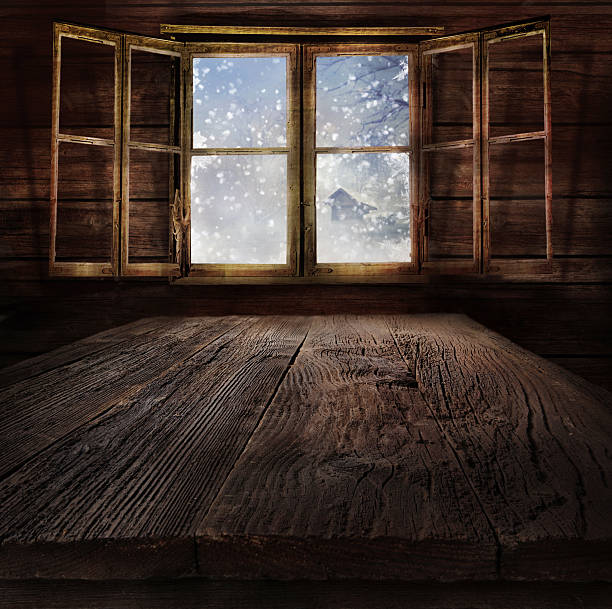
We often hear about the importance of ventilation in bathrooms. It’s just as vital in the entire inside of your log home. There has been some discussion that ‘A log cabin ‘breathes’, i.e. ventilation occurs naturally through the timber walls’. This may have some bearing, however there is still a need for consistent ventilation, especially in a cabin that may be closed up for months at a time.
As discussed in previous blogs, moisture is very damaging to your home. You must ensure that there is adequate air circulation throughout your log house to prevent moisture so that your logs are dry and mold-free. If you are building, this is a crucial aspect of the design to discuss with your builder. Be sure that there will be enough space for a proper ventilation system. If, however, your home is already built there are ways to insure you are getting the ventilation needed.
1. Opening doors and windows every few days is a good way to keep moisture levels down by moving and replacing the air.
2. Installing air vents to get the air flowing. For air vents to work properly you need a minimum of two, ideally installed towards the top of opposite walls – these will allow air circulation in the cabin and create a drier atmosphere. Make sure the vents are mesh backed to keep insects out!
3. You can also use an active ventilation system. Whereas passive ventilation depends on natural air currents, active ventilation uses power to provide a consistent system. If you do not have electricity in your summerhouse, solar versions are available. Their use is best suited for large ventilation needs including very big summerhouses.
4. Air conditioning systems are a versatile way to heat and cool your summerhouse in any month of the year. An air-source heat pump can provide hot air in the cooler months and cool air in the warmer months. They are an excellent way to maintain a stable and comfortable temperature and control the moisture content in the room. Air source heat pump systems require professional installation which can be expensive. However, they are very efficient, and the running costs can be lower than running an electric heater in the winter. The pump is placed outside and requires space around the building to be installed.
A sure way to prevent moisture and condensation building up and causing damp is to keep the log cabin well ventilated. This is especially important if the cabin is shut up for any longer than a month or two, particularly during the winter.
When talking about keeping moisture at bay some other considerations are large overhangs, well designed roof lines, gutters and downspouts, all vegetation is an appropriate distance from the house, regular maintenance on cabin stain and sealant, and a good drainage system that directs water away from the home.
We have a team of knowledgeable professionals here to help with any of your log cabin needs. Give us a call today to discuss how we can help!








